- What Earth’s Magnetic Field Has to Do With Climate History - October 7, 2025
- The Science Behind Heat Domes and Their Growing Impact - October 7, 2025
- What Ancient Lake Beds Teach Us About Past Rainfall Patterns - October 6, 2025
Solar Maximum Has Officially Arrived Earlier Than Expected
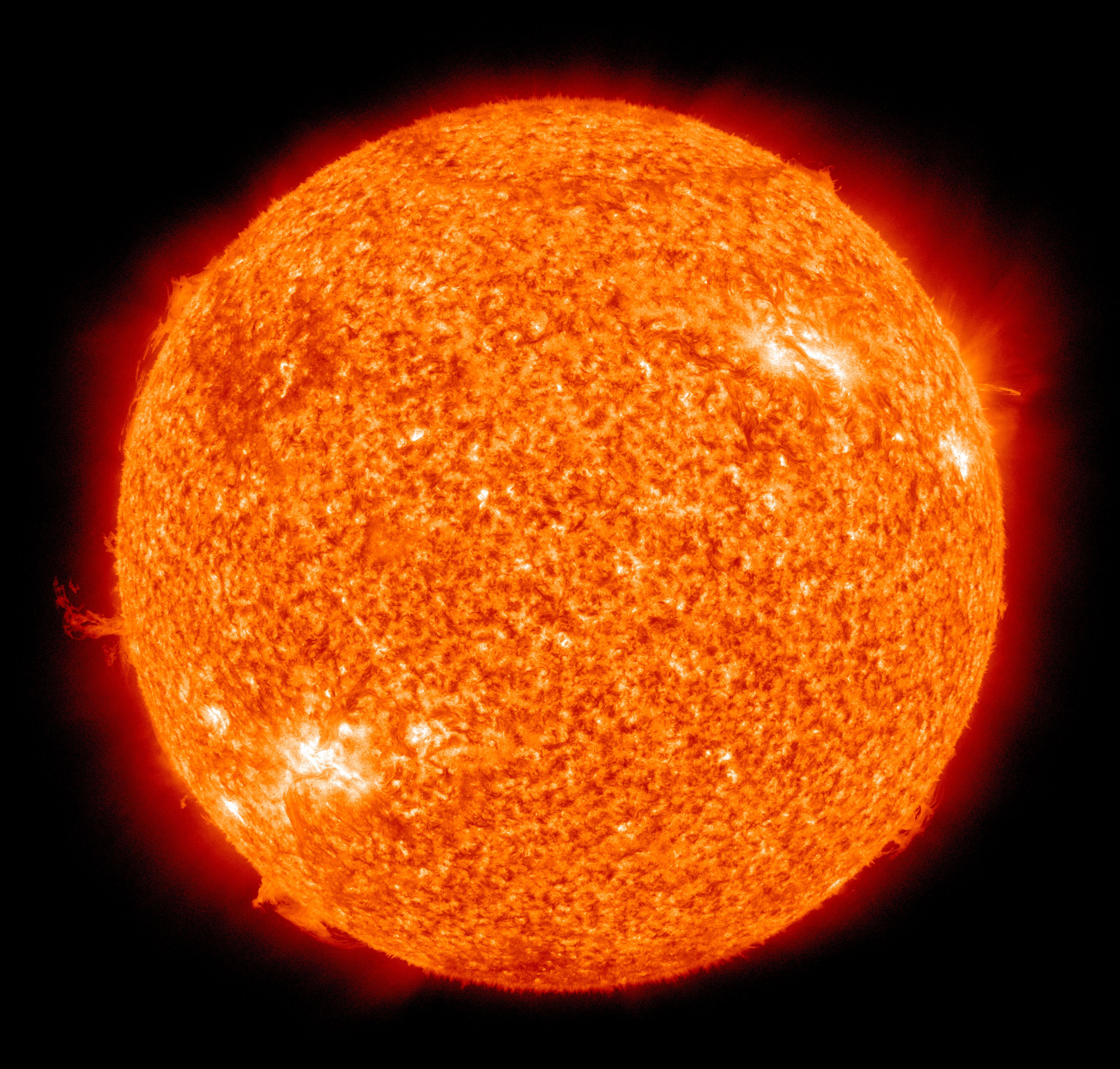
The sun has officially reached its most chaotic phase of Solar Cycle 25. On October 15, 2024, NASA and NOAA announced that the Sun had reached “solar maximum,” the peak of its 11-year cycle. What’s remarkable is that Solar Cycle 25 activity has exceeded expectations. It ramped up much faster than predicted, producing more sunspots and eruptions than had been forecasted. We’re not just witnessing another routine solar event – this maximum phase has already proven to be dramatically more intense than its predecessor.
As at Oct 13, 2024, solar cycle 25 is averaging 40% more spots per day than solar cycle 24 at the same point in the cycle (Oct 13, 2013). The sun seems to have awakened from its previous sluggish behavior with remarkable vigor. Starting in early August 2024, sunspot counts had reached a 23-year high.
Technology Disasters Are Already Costing Billions
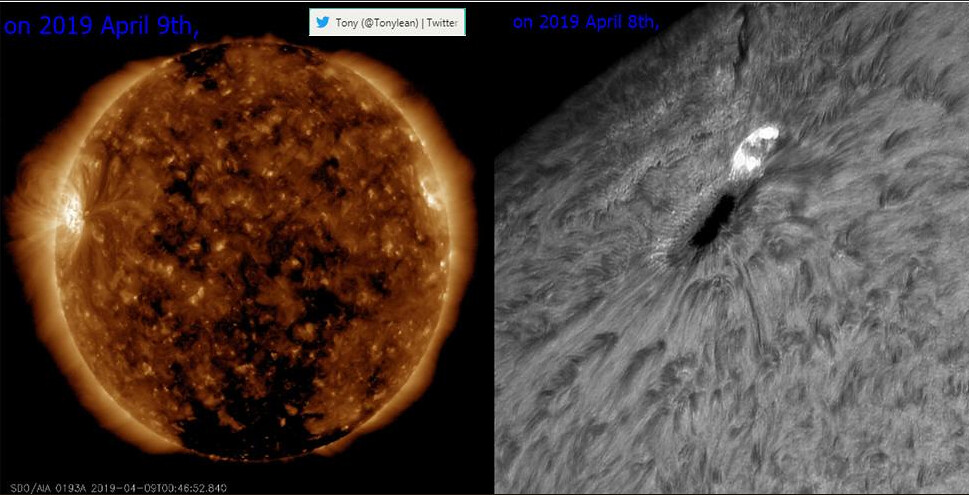
The May 2024 solar storms weren’t just spectacular light shows – they delivered a devastating economic blow. During NASA and NOAA’s October briefing, it was revealed that May’s extreme geomagnetic storm disrupted satellite navigation systems, costing the U.S. farming industry — which relies heavily on automation — half a billion dollars. Modern farming depends on GPS-guided tractors for precise planting, and when those systems failed, entire operations ground to a halt.
The storm caused some navigational systems in tractors and other farming equipment to break down, suppliers and farmers told the New York Times. Farmers have become dependent on equipment that utilizes GNSS and other navigation technology to help them plant more effectively — a practice known as precision agriculture. This wasn’t a minor inconvenience – it was an industrial catastrophe that revealed how vulnerable our technological society has become to solar activity.
A Mysterious Century-Long Cycle May Be Restarting
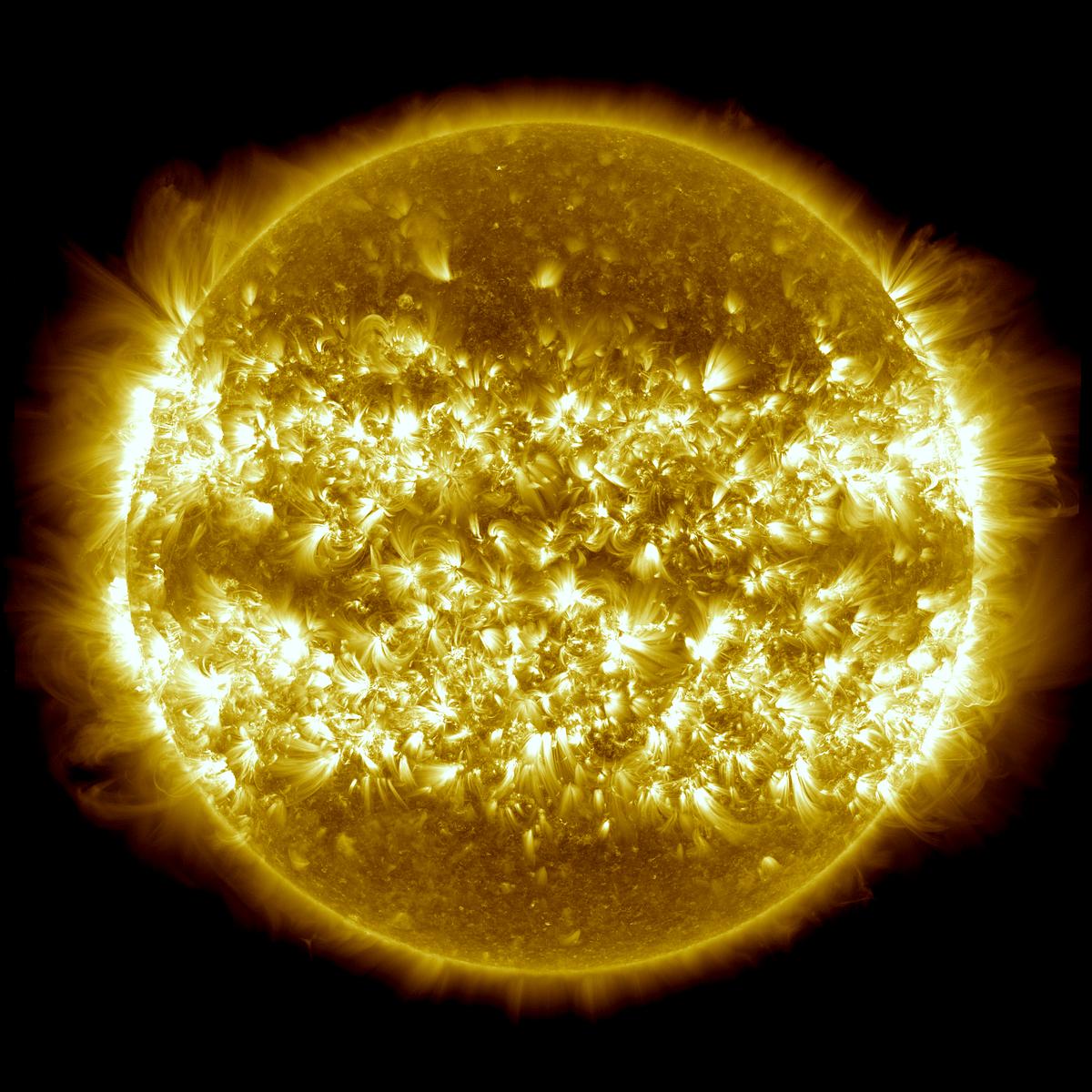
Scientists have discovered something unsettling about the current solar maximum. New research suggests that the unexpected intensity of the ongoing solar maximum may be partly tied to a lesser-known, 100-year solar cycle. If true, solar activity could spike further in the coming decades. This hundred-year pattern, known as the Centennial Gleissberg Cycle, might explain why Solar Cycle 25 caught forecasters off guard.
The new research hints that SC24’s lull was caused by the CGC minimum, likely making it the quietest sunspot cycle for around a century. If this is the case, then the unexpected activity of the current solar maximum means the sun is returning to “business as usual,” McIntosh said. If researchers are correct, we might be entering decades of increasingly volatile solar behavior rather than just experiencing a single active cycle.
GPS and Satellite Networks Face Growing Threats
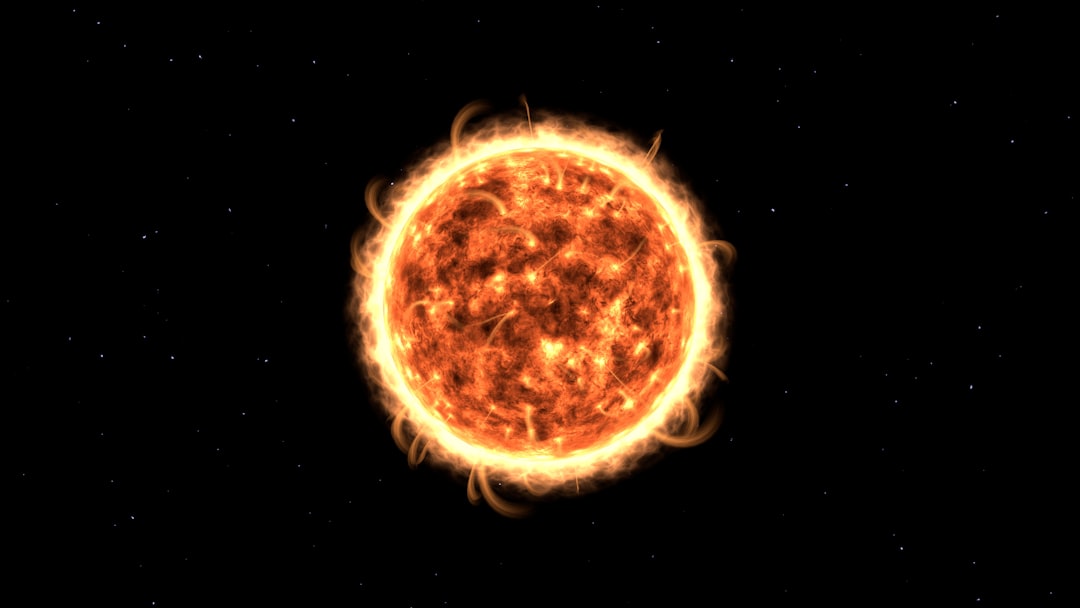
Every day, billions of people rely on GPS without realizing how fragile these systems are during solar storms. Since GPS satellites depend on signals penetrating the ionosphere, the geomagnetic disturbance scientists are expecting could affect that critical technology used by planes, ocean-going vessels, and in the agriculture and oil and gas industries. The signals must travel through Earth’s upper atmosphere, and solar storms can scramble them beyond recognition.
Research reveals an alarming probability of major disruptions ahead. Our findings suggest a 3%–12% probability per decade of an event large enough to disrupt the UK electricity grid. This isn’t just theoretical – The most intense space weather event of the past two decades hit GPS satellites’ orbit just after a solar minimum. The threat never truly disappears, even during supposedly quiet solar periods.
Power Grids Are Walking a Technological Tightrope
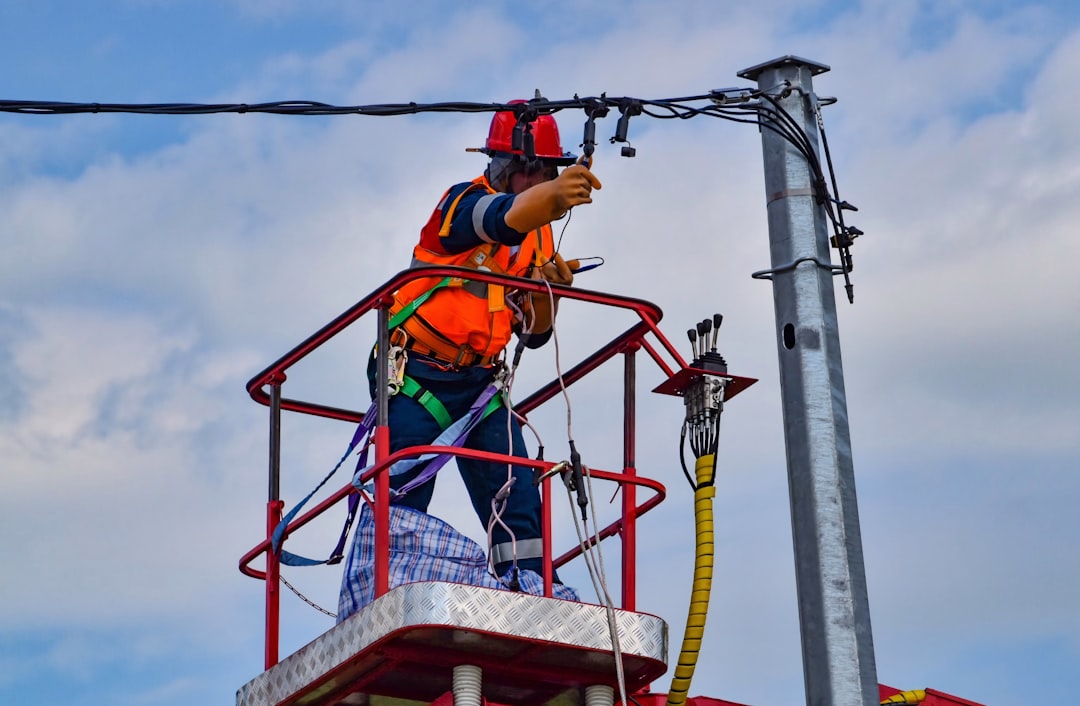
The electricity networks that power modern civilization remain surprisingly vulnerable to solar fury. The most intense EMCs can produce telluric currents in long power lines, generating voltages and currents of considerable intensity that can exceed the safety thresholds of network equipment. In 1989 and 2003, telluric currents caused local blackouts. Quebec’s entire power grid collapsed in 1989 when a solar storm overwhelmed the electrical infrastructure.
Additionally, the event strained power grids worldwide, though without major outages. The previous extreme geomagnetic storm in 2003 caused damage to power grids in Sweden and South Africa. Grid operators now maintain constant vigilance, but the fundamental vulnerability remains. When the next major storm arrives, our interconnected electrical systems could face cascading failures across continents.
Space Debris Is Accelerating Toward Earth

Solar activity creates an invisible threat that most people never consider – atmospheric expansion that drags satellites out of orbit. As solar wind particles mix with molecules of air, for example, the atmosphere warms up and swells, causing the density of the tenuous gases in the atmosphere’s upper layers to increase. Spacecraft in low Earth orbit, including the International Space Station, suddenly experience more resistance and begin to lose altitude.
SpaceX learned this lesson the expensive way. After a successful launch from Cape Canaveral, Florida in early February 2022, minor geomagnetic storming caused 38 of 49 SpaceX Starlink satellites to fail to reach their final orbit, instead burning up during unplanned reentry into Earth’s atmosphere. What was supposed to be a routine satellite deployment became a multimillion-dollar loss because of relatively mild space weather.
X-Class Solar Flares Are Breaking Records
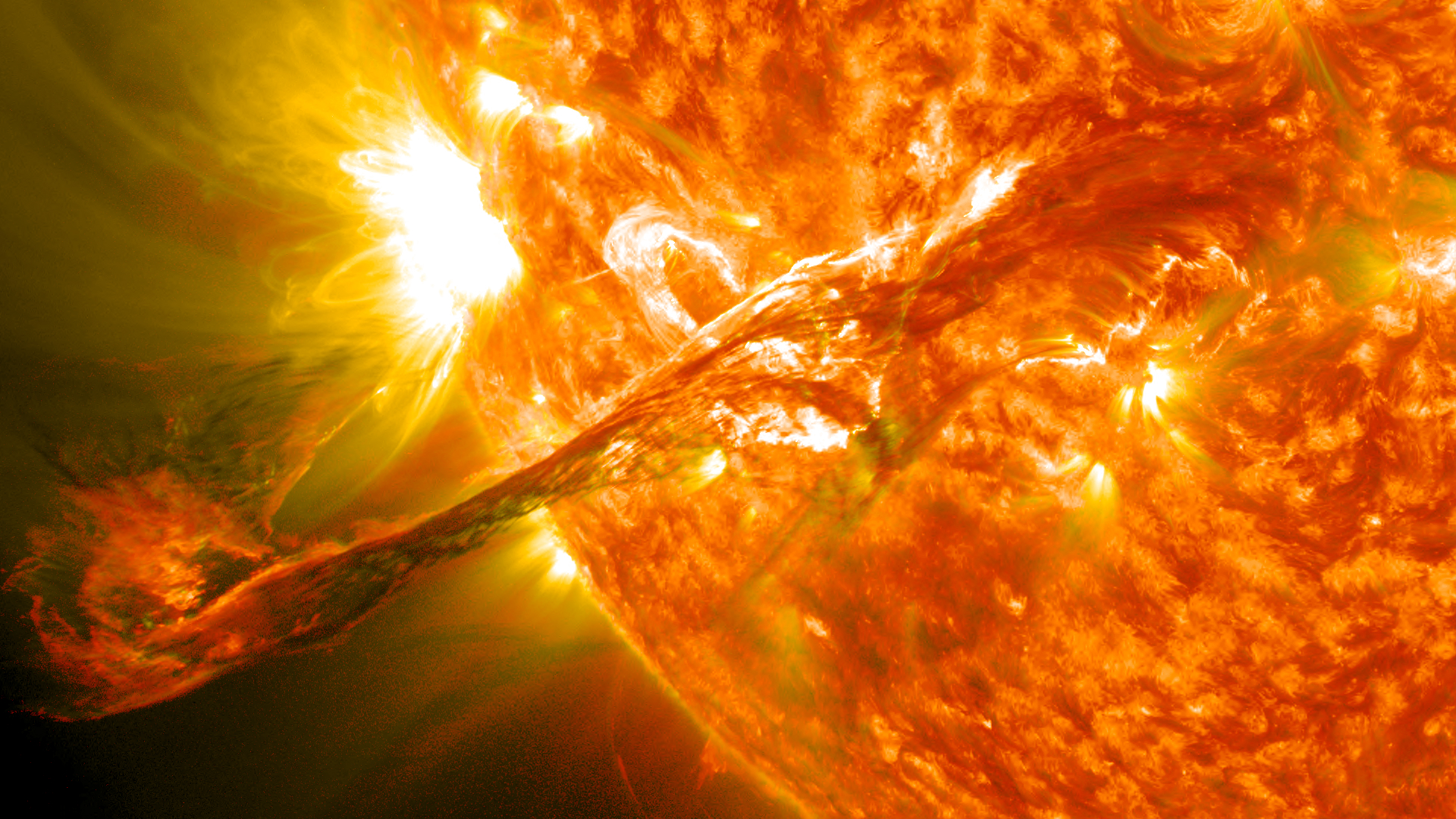
The sun has been unleashing increasingly powerful explosive events that dwarf previous cycles. On 1 October 2024, an X7.1 solar flare occurred in sunspot region 3842, followed by an X9.0 solar flare just two days later. These X-class flares represent the most intense category of solar explosions, and their frequency is alarming scientists.
The most powerful flare of the solar cycle so far was an X9.0 on Oct. 3 (X-class denotes the most intense flares, while the number provides more information about its strength). But this record might not last long. Given the current strength of Solar Cycle 25, it is likely that even stronger flares may occur before the cycle concludes. We’re witnessing solar violence on a scale not seen in decades.
Airlines and Communications Face Unprecedented Disruption

Commercial aviation and global communications networks are experiencing severe interference from solar activity. And it could affect shortwave radio transmissions used by ships and aircraft, emergency management agencies, the military and even ham radio operators, all of whom rely on the high frequency radio airwaves that NOAA says could be scattered by the storm. When radio signals fail during emergencies, lives hang in the balance.
According to the SWPC, these energetic blasts can interfere with radio signals, which is what happened after a strong solar flare briefly interrupted aircraft communications on December 14, 2023. Pilots suddenly lose contact with ground control, and navigation systems become unreliable. There has been some degradation and loss to communication systems that rely on high-frequency radio waves, NOAA told NPR, as well as some preliminary indications of irregularities in power systems.
The Strongest Geomagnetic Storm in Two Decades Hit Earth

May 2024 witnessed an extraordinary display of solar violence that shattered records. During May 2024, a barrage of large solar flares and coronal mass ejections (CMEs) launched clouds of charged particles and magnetic fields toward Earth, creating the strongest geomagnetic storm at Earth in two decades — and possibly among the strongest displays of auroras on record in the past 500 years. This wasn’t just another space weather event – it was a preview of what’s coming.
May 3–May 9, 2024, NASA’s Solar Dynamics Observatory observed 82 notable solar flares. The flares came mainly from two active regions on the Sun called AR 13663 and AR 13664. The rapid succession of explosive events created a sustained assault on Earth’s magnetic defenses. Even experienced space weather forecasters were stunned by the intensity and duration of the bombardment.
Aurora Activity Is Just Getting Started

While many people focus on the beautiful aurora displays, these light shows signal dangerous space weather ahead. However, further opportunities for widespread aurora will be likely, as high solar activity continues. While exact levels of solar activity cannot be predicted, high sunspot numbers are anticipated, along with a higher likelihood of large solar flares and Earth-directed coronal mass ejections (CMEs). The spectacular lights mask the technological chaos occurring simultaneously.
NOAA anticipates additional solar and geomagnetic storms during the current solar maximum period, leading to opportunities to spot auroras over the next several months, as well as potential technology impacts. Additionally, though less frequent, scientists often see fairly significant storms during the declining phase of the solar cycle. The most dangerous period might actually come after the official solar maximum ends.
Climate Impacts Remain Minimal but Persistent
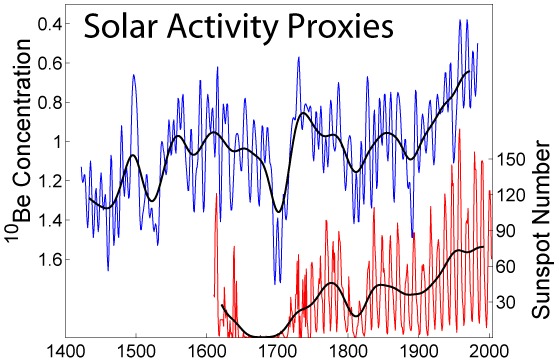
Unlike the dramatic technological effects, the solar cycle’s influence on Earth’s climate operates on subtler timescales. Solar activity, like sunspots and solar flares, does influence Earth’s climate, but its effect is relatively minor. Given the small magnitude of solar-driven climate effects, the solar maximum is unlikely to have significantly influenced summer 2025’s temperatures. The sun’s eleven-year heartbeat creates measurable but modest changes in global temperature patterns.
During strong solar cycles, the Sun’s total average brightness varies by up to 1 Watt per square meter. Changes in the Sun’s overall brightness since the pre-industrial period have been minimal, making a very small contribution to global-scale warming. While greenhouse gas emissions dominate long-term climate trends, solar variations still influence regional weather patterns and seasonal temperatures in ways scientists are still discovering.
The Most Dangerous Phase Lies Ahead
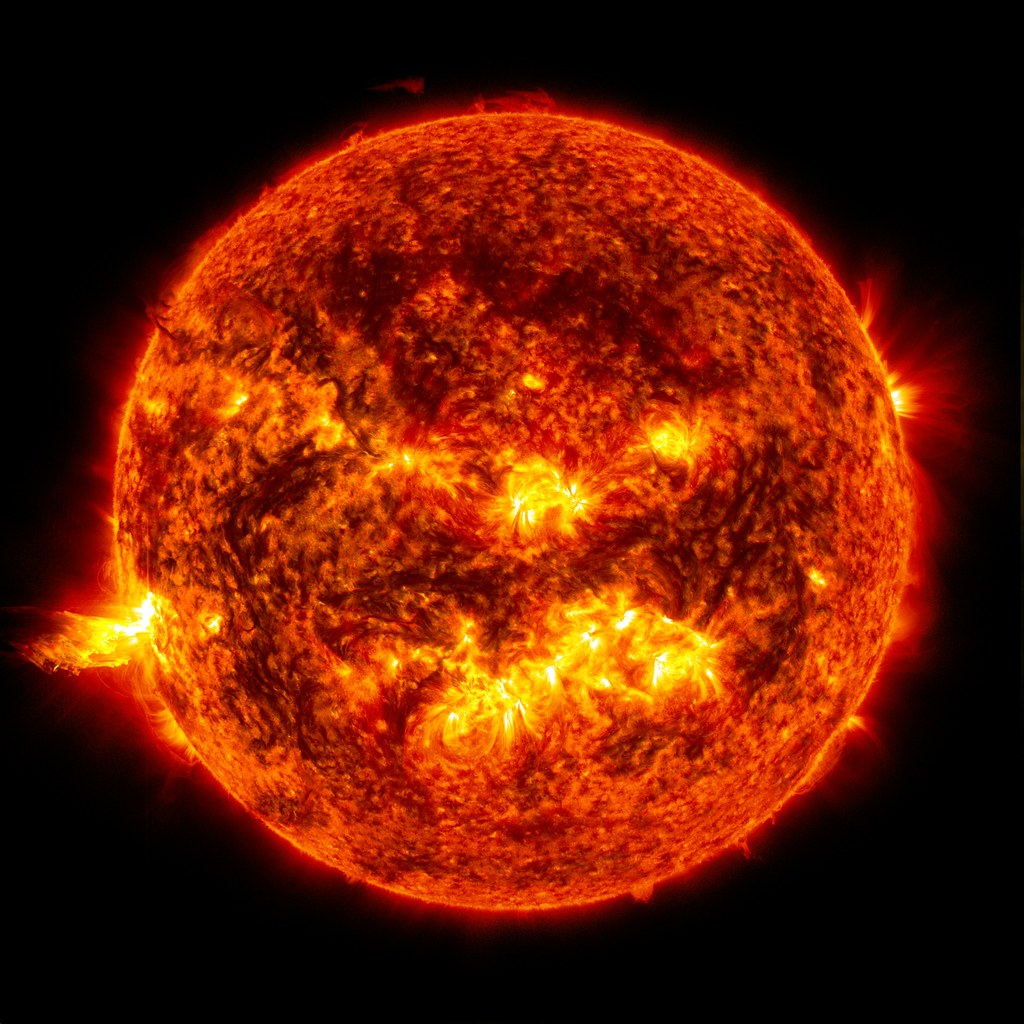
Contrary to popular belief, the worst space weather often occurs after solar maximum officially ends. Historically, large solar flares and geomagnetic storms are more common in the declining phase after solar maximum. For instance, Solar Cycle 24 saw its largest solar flares (X13.3 and X11.9) three years after its 2014 maximum, in 2017. The sun’s most violent outbursts frequently come when we least expect them.
Some of the largest storms to ever hit Earth occurred during the declining phase of the cycle. “Earth tends to see the opportunity for more direct hits as we’re coming down off of solar maximum because there are more sunspots at lower latitudes, closer to Earth’s location,” said Delores Knipp, a space physicist at the University of Colorado at Boulder. This means that 2026 and 2027 could pose even greater risks than 2025.
Conclusion: Preparing for an Uncertain Solar Future

The solar cycle represents one of nature’s most predictable yet unpredictable phenomena. While we can forecast the general eleven-year pattern, the specific intensity and timing of solar storms remain maddeningly elusive. Ultimately, we will have to wait another year or so to know when the true peak of the solar cycle occurred. What’s certain is that our technological civilization has never been more vulnerable to the sun’s periodic tantrums.
As satellites multiply in orbit, power grids become more interconnected, and GPS systems guide everything from farming equipment to emergency responders, the stakes continue rising. The May 2024 storms provided a costly preview of our vulnerabilities, but they may pale in comparison to what’s coming. The question isn’t whether the next major solar storm will cause widespread disruption – it’s whether we’ll be ready when it arrives. What would happen if your GPS stopped working tomorrow?

